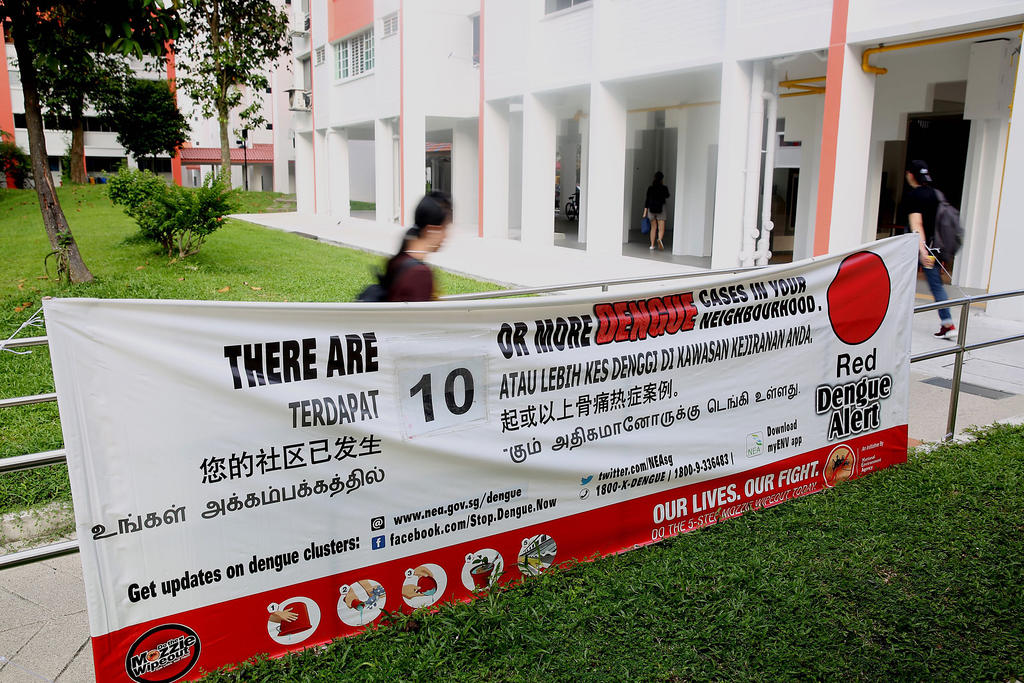
Stratificare are shortlisted as one of the top 4 teams that have reached the finals of the DBS Foundation Social Impact Prize at the Lee Kuan Yew Global Business Plan Competition.
The DBS Foundation Social Impact Prize at the Lee Kuan Yew Global Business Plan Competition (LKYGBPC) will be awarded to the most innovative business plans, start-ups or early-stage ventures that address pertinent urban challenges faced by cities of today.
In addition to the evaluation criteria for the LKYGBPC, qualifying applications for the DBS Foundation Social Impact Prize are also assessed on clear identification of the social or environmental problem, creativity in addressing the identified challenge statement and stakeholders involved, ability to measure the social or environmental impact created and the scalability and sustainability of solution and impact
The award worth SGD 150,000 includes prize money of up to SGD 100,000 and post-competition support, such as:
• Access to DBS Foundation’s capacity building programmes
• Brand awareness and marketing features on DBS Foundation’s website, brand campaigns, media stories etc.
• Use of DBS premises when in Singapore for launch or community events
• Network and connection to DBS Foundation’s social enterprise alumni community and partners
Empowering personalised medicine for tomorrow through innovative diagnostic solutions
OpenGov had the opportunity to speak with Anthony Chua – CEO, Keith Chong -COO and Tiffany Lin -CRO before they has progressed to the finals to hear about their innovative solution to a problem that affects Singaporeans on a daily basis.
StratifiCare™ was founded in 2015 with the vision of empowering personalized medicine for tomorrow through innovative diagnostic solutions. They have been shortlisted for the DBS Foundation Social Impact Prize for their work on the world’s first severe Dengue prediction test.
Keith Chong, COO of Stratificare said that one of the drivers behind this solution was that Dengue was something that affected their personal lives and family. And added that he believed that being able to diagnose whether it was a severe case helped reassure patients that their diagnosis was accurate, and helped with decision-making on what the next clinical steps should be.
StratifiCare has discovered a panel of biomarkers that can determine the progress of Dengue Fever. Patients who are predicted not to progress to severe Dengue can be managed at outpatient settings, instead of bearing expenses being hospitalised.
The challenge in the clinical management of Dengue is how to accurately predict which patients will go on to develop Severe Dengue in the early phase of the disease. Their innovation will help reduce the over-hospitalisation issue faced by medical providers and relieve healthcare burden, especially in poorer Dengue-endemic developing countries.
CEO Anthony Chua said that the challenge was not to solve the problem just in Singapore, but was also a solution for neighbouring countries too. When asked about go-to-market strategy their CRO Tiffany Lin said that Singapore is their main focus at the minute, with plans to distribute into Malaysia and India in the near future.
Stratificare has reached the finals of the DBS Foundation Social Impact Prize which takes place on Friday 9th October.
To register for the awards ceremony please click here




















